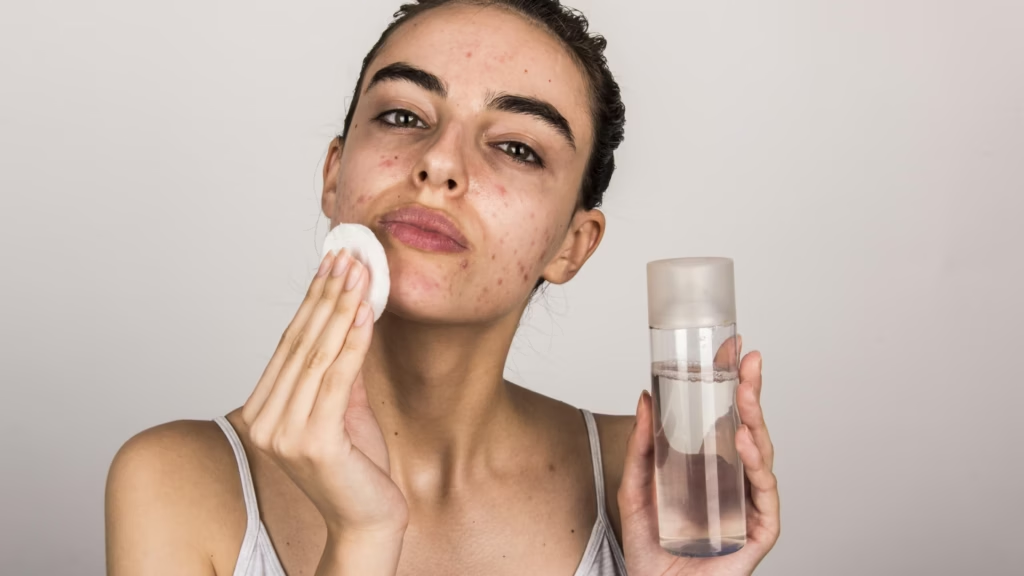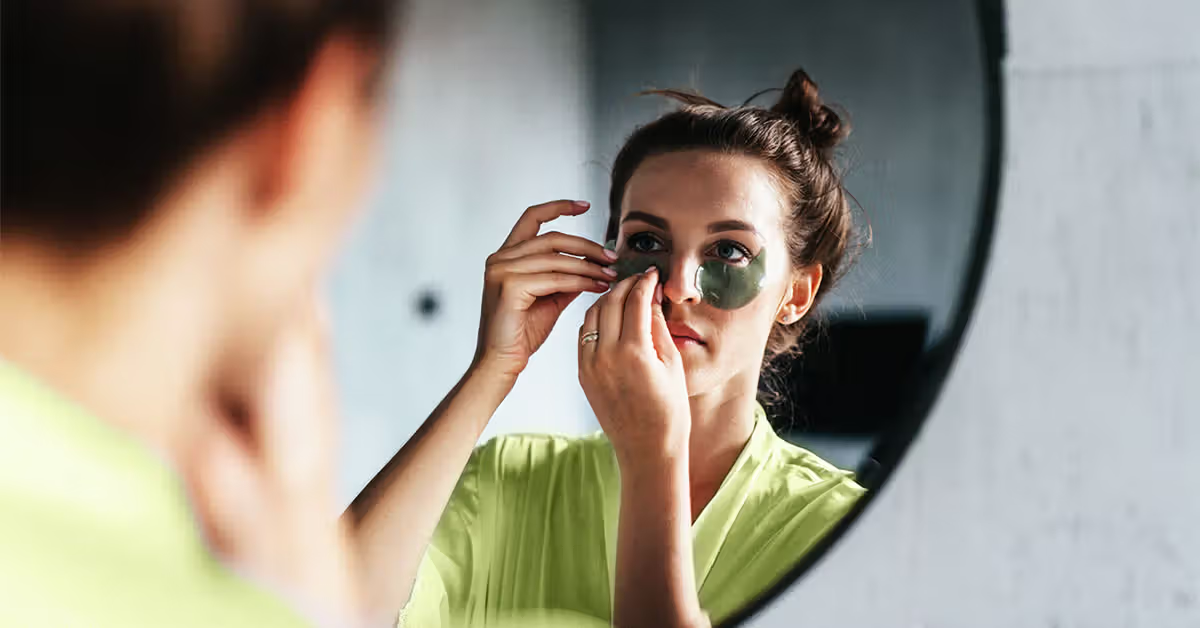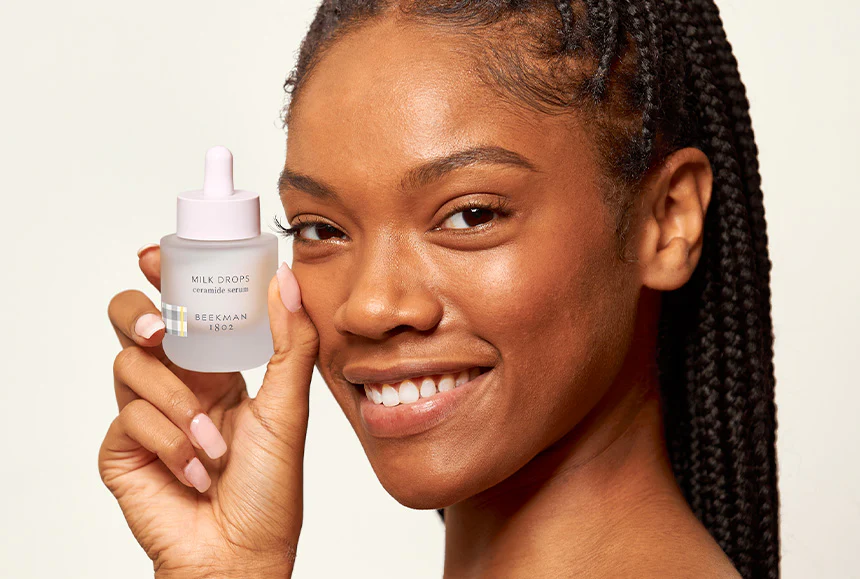Managing oily, acne-prone skin can be frustrating, especially when products either over-dry your skin or cause more breakouts. The key to clear, balanced skin lies in choosing the right skincare routine tailored to your skin’s needs. An effective routine won’t just treat existing blemishes but will also prevent new ones from forming—without compromising your skin’s natural moisture barrier.
If you’re struggling with excessive oil, clogged pores, and recurring acne, this guide will walk you through a step-by-step skincare routine that addresses oil production, targets breakouts, and promotes long-term skin health.
Understanding Oily Acne-Prone Skin
Before diving into the routine, it’s important to understand why your skin behaves the way it does. Oily skin is caused by overactive sebaceous glands, which produce excess sebum (oil). When this oil mixes with dead skin cells and bacteria, it can clog pores and trigger acne.
Common issues for oily, acne-prone skin include:
- Enlarged pores
- Blackheads and whiteheads
- Frequent breakouts
- Shiny complexion
- Makeup that doesn’t stay in place
The goal is not to strip the skin of all oil, but to regulate sebum production and keep pores clear with gentle, effective ingredients.
Step-by-Step Skincare Routine for Oily Acne-Prone Skin
1. Cleanser: Start with a Gentle Foaming Cleanser
Cleansing twice a day is essential for oily skin. Look for a sulfate-free foaming cleanser that removes dirt, oil, and impurities without drying out your skin.
Key ingredients to look for:
- Salicylic acid (BHA)
- Tea tree oil
- Niacinamide
- Green tea extract
Avoid harsh soaps or alcohol-based cleansers, which can irritate the skin and trigger more oil production.
Tip: Wash your face in the morning and before bed. If you’ve been sweating or wearing heavy makeup, double cleanse at night.
2. Toner: Balance and Prep the Skin
A good toner helps remove any leftover impurities and restores the skin’s pH after cleansing. For oily, acne-prone skin, choose an alcohol-free toner that gently exfoliates and soothes.
Recommended ingredients:
- Witch hazel (alcohol-free)
- Niacinamide
- Lactic acid or glycolic acid
- Aloe vera
Toners with mild exfoliants help prevent clogged pores while calming inflammation.
3. Serum: Target Breakouts and Control Oil
Serums deliver concentrated ingredients deep into the skin. For oily skin with acne, opt for a lightweight, water-based serum.
Look for serums with:
- Niacinamide (regulates oil and minimizes pores)
- Zinc (reduces inflammation and sebum)
- Salicylic acid (exfoliates inside the pores)
- Azelaic acid (fights acne and redness)
Apply a few drops after toner and gently press into your skin.
4. Moisturizer: Don’t Skip It
Many people with oily skin think they don’t need moisturizer—but skipping it can actually make your skin oilier. When skin becomes dehydrated, it produces more oil to compensate.
Choose a non-comedogenic, oil-free gel moisturizer or lightweight lotion.
Hydrating ingredients to look for:
- Hyaluronic acid
- Glycerin
- Squalane
- Panthenol
Avoid heavy creams or occlusive ingredients like coconut oil or petrolatum that can clog pores.
5. Sunscreen: Protect Without the Grease
Daily sunscreen is a must, even for oily, acne-prone skin. UV damage can worsen hyperpigmentation from acne and accelerate aging.
Pick a sunscreen labeled:
- Oil-free
- Non-comedogenic
- Mattifying or gel-based
Look for formulas with zinc oxide or titanium dioxide for natural protection that won’t clog pores.
Apply every morning, even if you’re indoors, and reapply if you’re exposed to sunlight for long periods.
6. Weekly Treatments: Exfoliate and Mask Strategically
To prevent buildup of dead skin cells, exfoliate 1–2 times per week. Use chemical exfoliants rather than physical scrubs, which can damage the skin.
Chemical exfoliants for oily skin:
- Salicylic acid
- Lactic acid
- Mandelic acid
Once a week, use a clay mask to help absorb excess oil and detoxify pores.
Effective clay mask ingredients:
- Bentonite clay
- Kaolin clay
- Charcoal
- Sulfur
Don’t overdo it—over-exfoliating or masking too often can disrupt your skin barrier.
Lifestyle Tips to Support Clearer Skin
Skincare products can only do so much. Your daily habits also impact your skin’s health. Here are a few tips to support your routine:
- Change pillowcases regularly to reduce bacteria exposure
- Avoid touching your face frequently
- Clean your phone screen daily
- Stay hydrated and eat a balanced diet
- Manage stress, as it can trigger oil production and acne
- Avoid heavy or pore-clogging makeup, and always remove it thoroughly
If you wear makeup, consider using products that are labeled non-comedogenic and oil-free. There are also excellent Affordable Non-Toxic Makeup Brands for Dark Skin Tones that offer breathable, skin-friendly coverage suitable for acne-prone skin without harmful additives.
Sample Morning Routine for Oily Acne-Prone Skin
- Cleanse with salicylic acid foaming cleanser
- Apply an alcohol-free toner
- Use a niacinamide serum
- Apply a lightweight, oil-free moisturizer
- Finish with a broad-spectrum SPF 30 or higher
Sample Evening Routine
- Double cleanse (oil-based cleanser followed by foaming cleanser)
- Apply toner with exfoliating acids (2–3 times a week)
- Use a serum with zinc or azelaic acid
- Apply a hydrating gel moisturizer
- Spot treat with benzoyl peroxide or salicylic acid if needed
Common Mistakes to Avoid
- Overwashing: More than twice a day can strip your skin
- Skipping moisturizer: Leads to more oil production
- Popping pimples: Increases inflammation and risk of scarring
- Layering too many active ingredients: Causes irritation
- Not using sunscreen: Leads to post-acne dark spots and long-term skin damage
Final Thoughts
Building the best skincare routine for oily acne-prone skin doesn’t require dozens of products or an overly complicated process. The key is consistency, balance, and using products that work with your skin—not against it. By following a targeted routine and adjusting it based on your skin’s needs, you’ll see clearer, more controlled skin over time.
Patience is essential. With the right approach, you can reduce oiliness, minimize breakouts, and support a healthier complexion every day.







